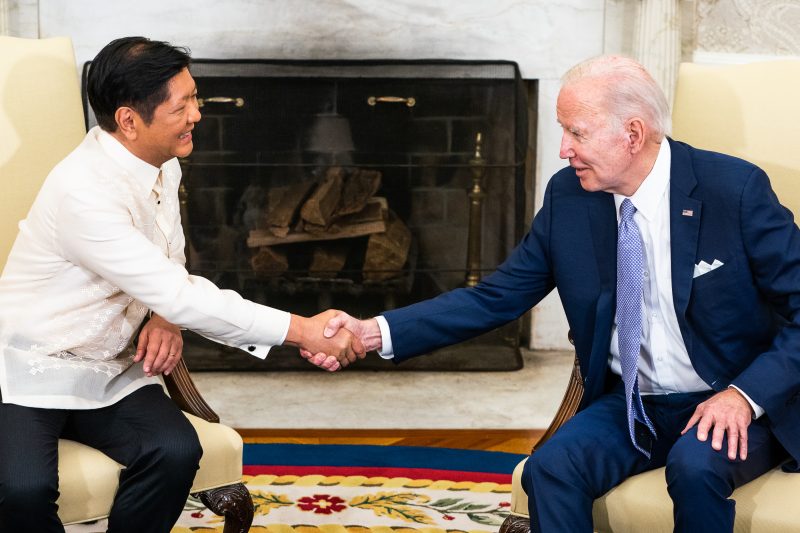Section 1: The Huawei Dilemma in US-China Relations
In recent years, the global tech landscape has been dominated by the ongoing tensions between the United States and China. At the center of this conflict is Huawei, the Chinese telecommunications giant that has emerged as a key player in the race for 5G dominance. The Trump administration viewed Huawei as a direct threat to national security and took drastic measures to limit its influence. Now, under the Biden administration, the future of Huawei hangs in the balance, with potential implications for the global tech industry.
Section 2: Trump’s Dream of a Huawei Killer
During the Trump presidency, Huawei found itself on the receiving end of relentless scrutiny and sanctions. The former president saw Huawei as a pawn in a larger geopolitical game and aimed to cripple the company’s operations. The US government banned Huawei from accessing vital American technology and even pressured its allies to exclude Huawei from their 5G infrastructure projects.
Trump’s ultimate goal was to establish a formidable competitor that could challenge Huawei’s dominance. In his dream scenario, an American company would rise to offer an alternative to Huawei’s infrastructure and establish the United States as the leading player in 5G technology. However, despite these efforts, a true Huawei killer has yet to emerge.
Section 3: Biden’s Approach and the Unleashing of the Huawei Killer
With the change in administration, the tech industry and analysts have been eagerly awaiting Joe Biden’s stance on the Huawei issue. While it was expected that the new president would continue to take a firm stance against the Chinese company, there has been a slight shift in approach.
Rather than focusing solely on crippling Huawei, the Biden administration is now seeking to invest in the development of a Huawei killer of its own. The belief is that by out-innovating and outpacing Huawei technologically, the US can regain its footing in the race for 5G dominance and counter the perceived threat from China.
Section 4: Challenges and Opportunities Ahead
Unleashing a Huawei killer is an ambitious endeavor that presents both challenges and opportunities for the US. Technological advancements take time to develop, and it remains to be seen if an American company can rise to fill the void left by Huawei.
Additionally, the complex web of global supply chains and dependencies poses a significant challenge. Huawei has a well-established presence in numerous countries, and replacing its infrastructure with an alternative will require coordination and substantial investments.
However, the endeavor also presents an opportunity for the United States to foster innovation, create jobs, and strengthen its technological capabilities. By investing in research and development and supporting domestic tech companies, the US can position itself as a leader in the next generation of wireless technology.
Section 5: The Global Implications
The fate of Huawei and the development of a Huawei killer have significant global implications. The company’s ubiquity in telecommunications infrastructure worldwide means that any decision regarding its future will have ripple effects.
Countries across the globe, particularly those who have adopted Huawei’s technology, will need to consider their options and potentially revise their long-term plans. Simultaneously, many countries will be closely observing the progress of any potential Huawei killer to determine whether it meets their needs for advanced and secure technology.
Section 6: Conclusion
The story of Huawei and its potential demise as a result of US sanctions is emblematic of the precarious nature of the US-China tech rivalry. As the Biden administration attempts to unleash a Huawei killer of its own, the global tech landscape looks set to undergo profound changes. Only time will tell whether the US can develop a viable alternative to Huawei and secure its position as a leading player in the race for 5G dominance.

